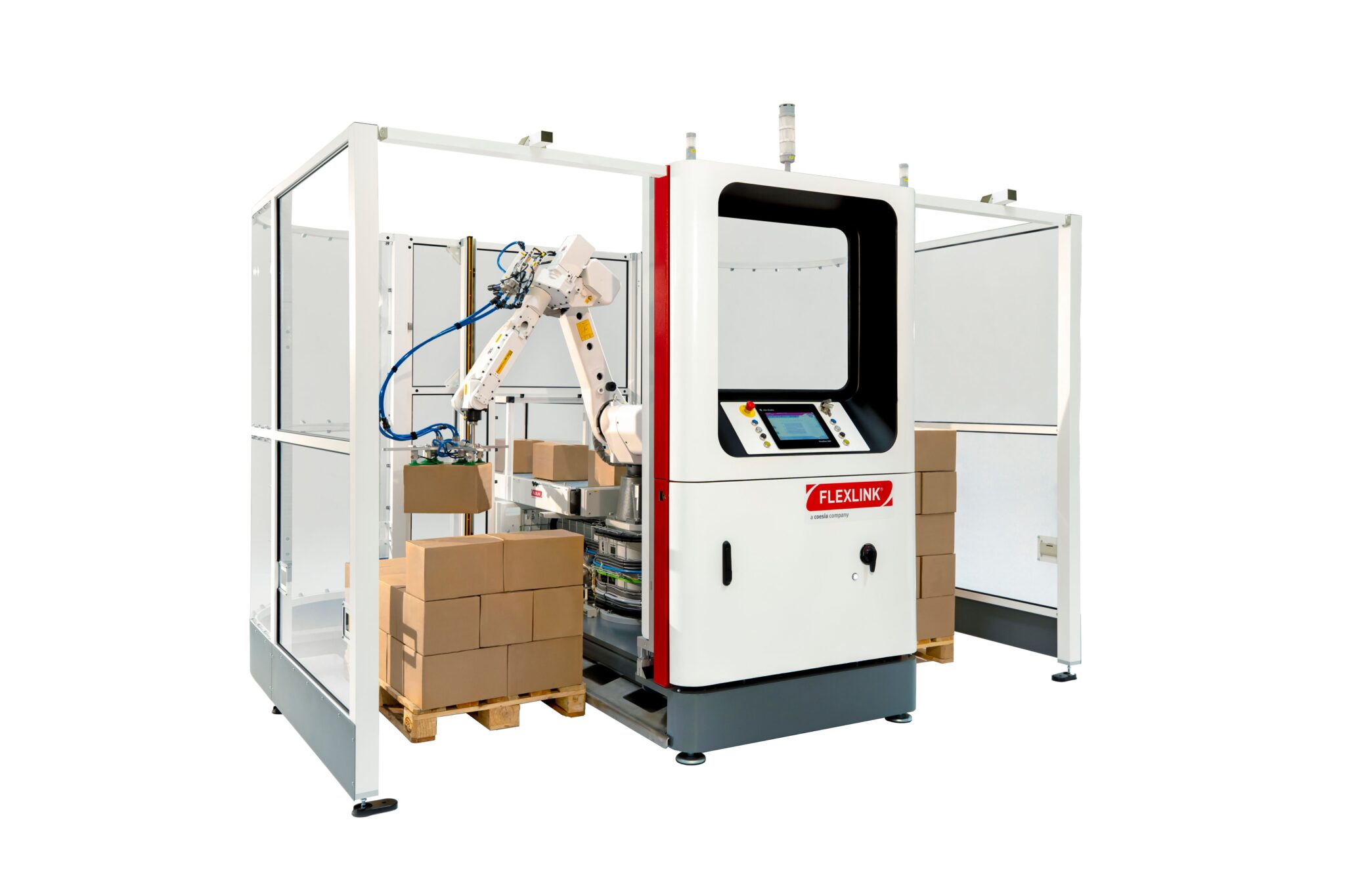Ecommerce, fulfilment, automation and sustainability trends have pushed the packaging machinery sector into the limelight and forefront of handling and logistics. David Priestman spoke to Coesia’s Fabrizio Sasdelli to learn about the wide range of products and solutions now available.
Coesia, head-quartered in Bologna, are perhaps a well-kept secret in the ecommerce and logistics sector, being a much bigger company than perhaps people realise, with 8000 staff, 20 companies, 87 manufacturing plants and a turnover of €2 billion. What readers will be interested in is what the company does in terms of wrapping, palletizing, robotics, carton boxing and end-of-line, fulfilment products. I asked Fabrizio Sasdelli, E-Commerce Business Line Director, about the different brands and divisions.
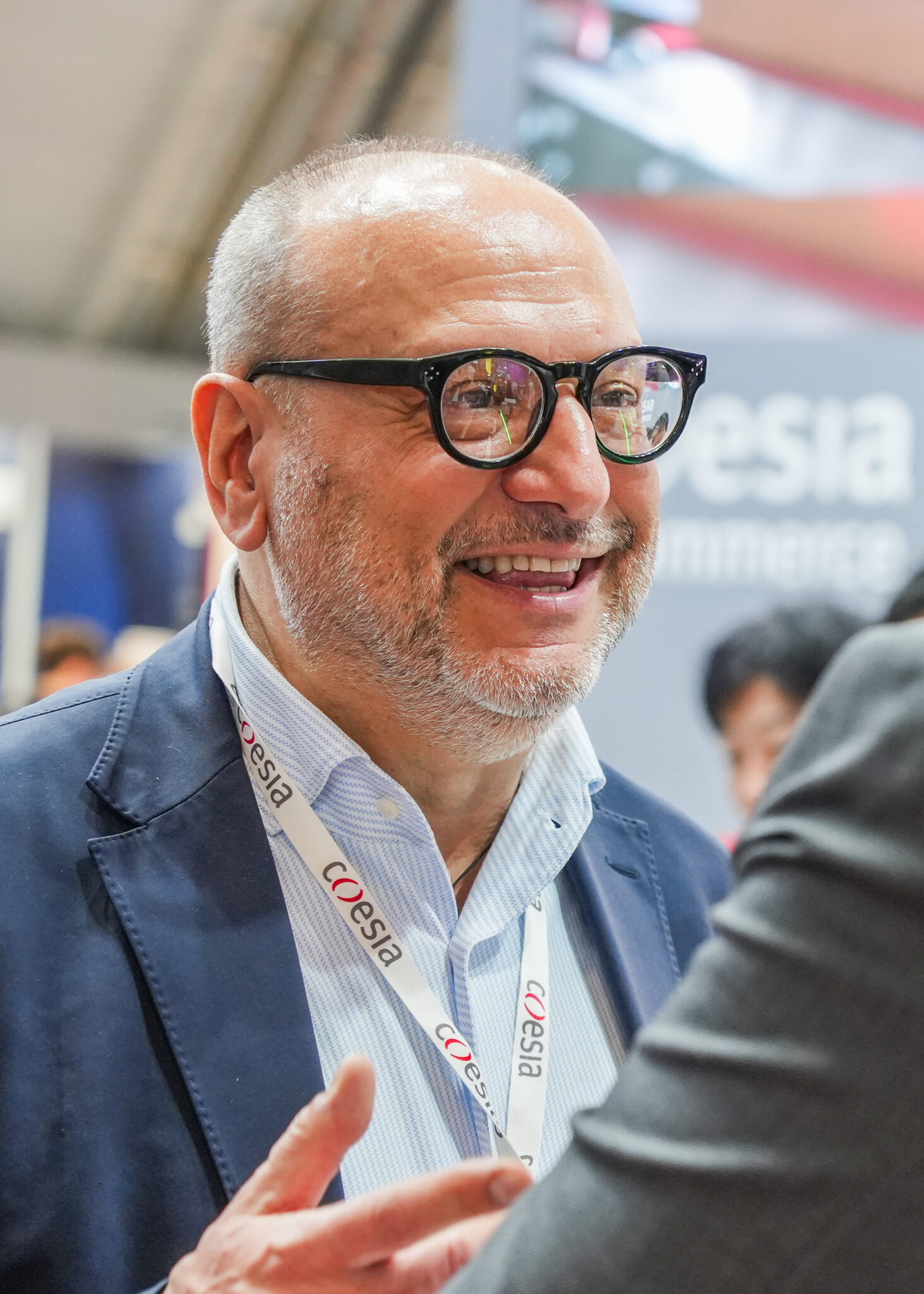

Fabrizio Sasdelli, Coesia
Fabrizio Sasdelli: As you mentioned, Coesia includes more than 20 companies, grouped into three main divisions. The Regulated Markets Solutions (RMS) division covers areas like packaging systems. The Consumer Market Solutions (CMS) division focuses on products typically found in a supermarket, such as powders, liquids and solids. The Industrial Market Solutions (IMS) division handles automation and includes companies brought together for strategic synergies.
Our aim is to combine expertise across industrial automation, software and process engineering. We have a strong engineering core and a central division that supports all group companies in accelerating solution development, including tools like digital twins for project evaluation. What sets Coesia apart is our ability to integrate specialised know-how across the group. The collaboration between companies acts as a shared platform, enabling the creation of customised and scalable solutions.
We provide packaging systems within fulfilment workflows, while also developing finished products. Our technologies support right-size packaging and efficient shipment composition, which help reduce environmental impact. The result is a smoother process, faster response times and high operational reliability. With our global footprint, we ensure continuous support to customers around the world.
Logistics Business (LB): What are the key product developments?
Sasdelli: We have two big groups: packaging-on-demand, and automation. When required we can also integrate the two. In terms of solutions, this includes carton packaging, box resizing, digital printing on demand, and printing in the box. Then we have all the robotics: palletising, robot picking, and AMRs, plus conveying systems, where we are very strong, and vertical sorters. Right-size boxing means that we do not have standard boxes, but we can customise size, based on random products, creating the right parcel.
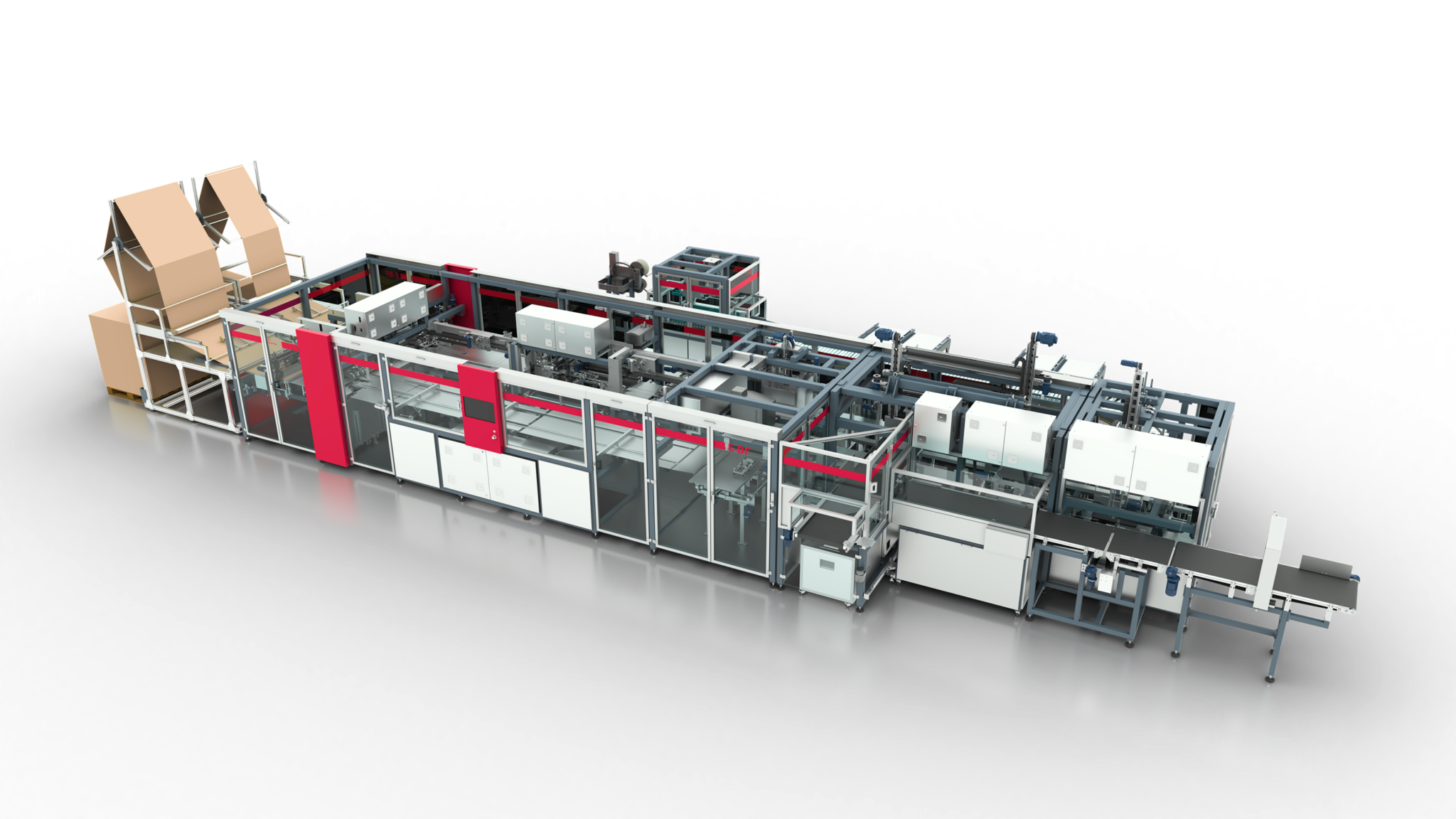

LB: I want to go in detail about the Emmeci business and the fit-to-size carton machines.
Sasdelli: Yes, Emmeci offers a range of fit-to-size machines. For example, we can produce custom-sized American boxes that adapt to different product dimensions, from small items up to larger parcels. Each box can be individually adjusted, using data from the warehouse management system (WMS). The system supports both automatic and manual box definition, and the packaging process begins as soon as the product arrives.
The E-BFS is ideal for single or multi-item orders. It creates right-sized clamshell boxes, integrating box making, filling, sealing and labelling. It also supports personalisation, including printed invoices or marketing inserts, based on customer data. Return handling can be built into the design as well. The E-SWL produces right-sized paper bags in various formats. It includes an automated carton erector for minimal manual intervention and precise adjustment of box height. We also offer the Autobagger, a compact modular machine for shipping bags. It fits easily into existing operations and can run up to 1,200 boxes per minute, or less, depending on requirements.
We also provide a vertical bagger and a wide portfolio to cover diverse packaging needs. Few competitors can match this breadth. Our systems are highly customisable and scalable, with options for both automated and semi-automated setups. We tailor our solutions to match different warehouse configurations and customer workflows.
LB: You mentioned a few other products which we can talk about, such as Flexlink’s conveyors, palletizers, robotics, sorters, AMRs as well?
Sasdelli: Flexlink manages all the automation, which affects everything. It is very strong and is used to working with other group companies, connecting different machines and providing direction.
LB: Palletising, particularly robotic palletising, is very much in vogue now, isn’t it? A lot of companies are partnering and automating that part of the outbound process. What palletizer machines do you have? What is it that Coesia manufactures? Everything including the robotic arm? Or are you buying that from a supplier?
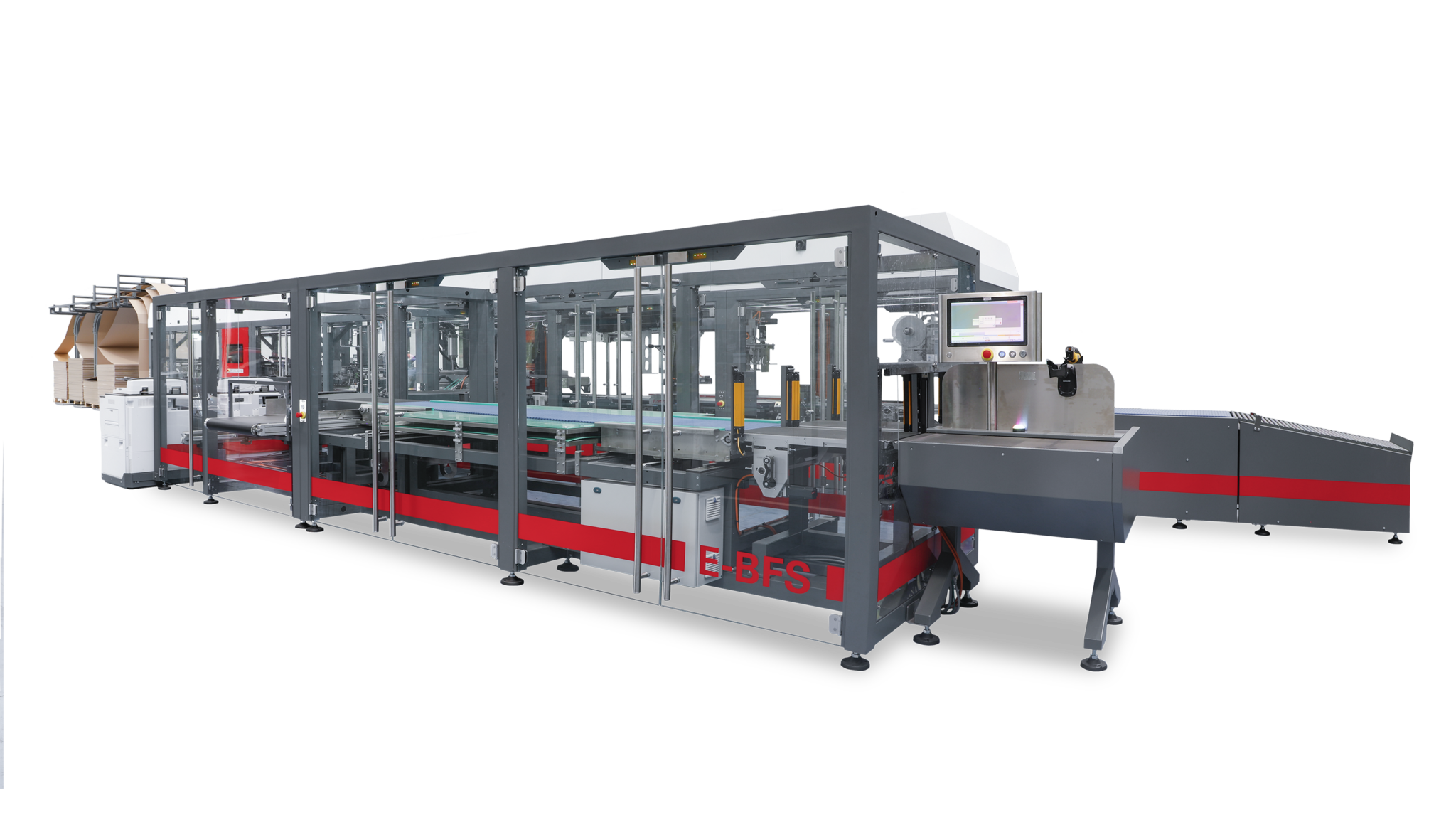

Sasdelli: We recognise the growing demand for robotic palletising. At Coesia, our company FlexLink offers smart, space-saving and easy-to-integrate solutions for both inbound and outbound operations. One of our key offerings is the RC12 collaborative palletiser, now in its third generation. It is ideal for end-of-line processes where space is limited, as it uses more than 50 percent less floor space compared to standard industrial robots. It is also very user-friendly. Operators can create pallet patterns without needing any programming skills, thanks to the intuitive software.
The RC12 can handle up to 14 boxes per minute using a double gripper. It meets international safety standards for collaborative robots and works safely without cages or barriers. For larger and faster operations, we also offer the RI20 industrial palletiser. This solution is designed for continuous use and delivers high throughput with great precision.
We also focus on software and system intelligence. Our in-house algorithms manage different box sizes efficiently. For example, we can use scanners to detect incoming boxes, buffer them, and then optimise pallet building. The system ensures fast operation, stable pallet formation and maximum volume use, even when box sizes vary by just a few millimetres. We are flexible when it comes to robotic arms. The RC12 integrates an Omron arm, but we can work with whichever brand the customer prefers. What matters most is providing a reliable and efficient palletising system that fits the customer’s needs.
LB: In terms of right size packaging, not wasting or shipping air has been a trend in recent years. We see this with companies that we report on in the sector like Spark and CMC. Bottom line, what kind of savings have you been able to make customers in recent years with e-commerce in terms of the right size packaging and reducing the amount of packaging waste, space and void in the final package?
Sasdelli: It depends on the application. There are cases where we used to have a standard size, where we have seen a lot of cases where they put inside 1:10 and 1:00. Just one book and 99% of the volume is fully empty! Like this we can save packaging by using the right size that can help in this way. When you are used to having a standard box and you have volumes that can change a lot, I think that you can really save a huge amount.
LB: Sustainability and automation. What would you say would be another big issue that you’re focusing on with customers?
Sasdelli: Sustainability is a major focus for us. We’re investing significant resources into programmes that directly influence the design and efficiency of our machines. We help customers reduce energy and material consumption, and our solutions often include tailored automation that meets specific sustainability goals.
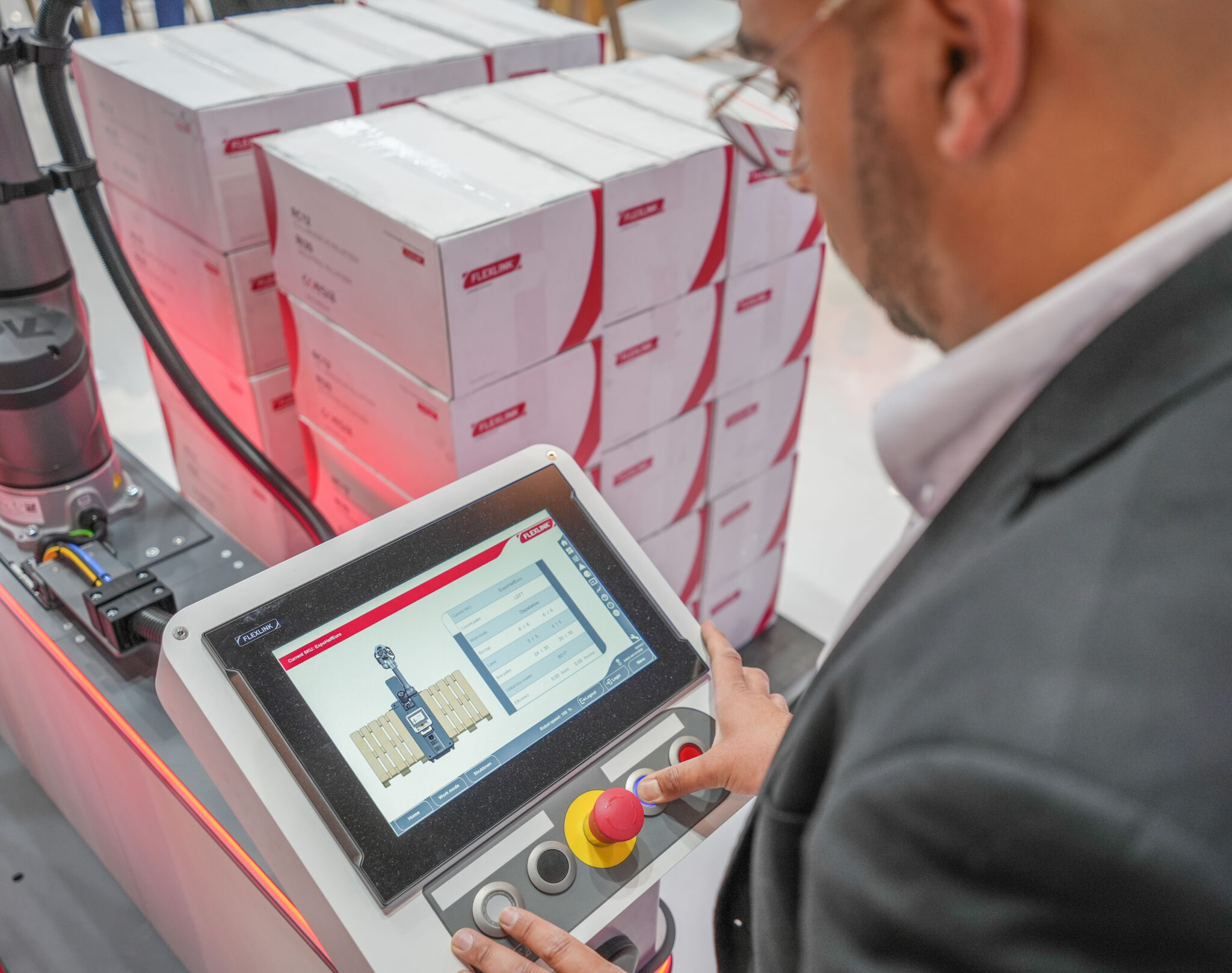

Another key strength is our engineering capability. The Coesia group has built deep synergies across its companies, which allows us to offer flexible and highly customised solutions. We also have a strong environmental certification department that supports customers with compliance and optimisation. Ultimately, our aim is to design systems that reduce waste, minimise packaging volume and lower the overall environmental impact.
LB: I was talking to Jo Bradley at Spark Technologies about a year ago and I asked what’s your biggest competition? Expecting her to name other companies, she said actually, it’s the unavailability of manual labour. Lots of customers are buying automated packaging machines because they simply cannot get the staff to do the manual process. So most of their wins are actually replacing manual operations, rather than directly going head-to-head with another automation supplier. Do you find the same in most of your markets now?
Sasdelli: Yes, we see that trend in many markets, especially in Germany. Finding skilled labour is becoming increasingly difficult, particularly during peak periods or when companies scale quickly. Automation becomes the only practical solution to maintain efficiency and reliability. It’s not just about reducing manual effort, but also about ensuring consistent performance where labour simply isn’t available.
LB: Are there any typical packaging products that you don’t manufacture yourselves? I’m thinking of stretch wrap or shrink-wrapping machines, do you do you provide those as well or do you buy those in?
Sasdelli: In most cases, we can provide what the customer needs. When specific packaging products like stretch or shrink-wrapping machines are not part of our standard portfolio, we collaborate with trusted suppliers. We are always open to integration partnerships to deliver a complete solution. FlexLink, part of the Coesia group, has over 40 years of experience as a systems integrator. They are experts in designing complex automation setups and often work alongside both internal companies and external partners, including market companions. This flexibility allows us to choose the best technology for each project and ensure it fits the customer’s requirements perfectly.
LB: What would be the largest scale e-commerce projects that you’ve worked on recently, in terms of the implementation, number of machines or facilities?
Sasdelli: In our largest e-commerce projects, we typically combine two or three core machines with a full automation setup. End-of-line palletizing is almost always included. One of our key strengths is delivering both the packaging systems and the automation that connects everything into a complete solution. Depending on the project, we might integrate labelling units, palletizers, and robotic or manual workstations. For larger operations, we have deployed up to ten robots. We also create a digital twin of the entire system, allowing us to fine-tune performance together with the customer and ensure the solution is exactly right.
LB: You’re using a lot of simulation while you’re consulting for projects?
Sasdelli: Yes, we have dedicated staff who support simulation activities and can assist in creating complete models for each project. It is not just about visualising the flow, dimensions or footprint, but also about accurately sizing the system’s capacity. This includes determining how many workstations are needed to handle different scenarios. We evaluate various possibilities, verify the most effective solution and design the integration accordingly.
similar news
